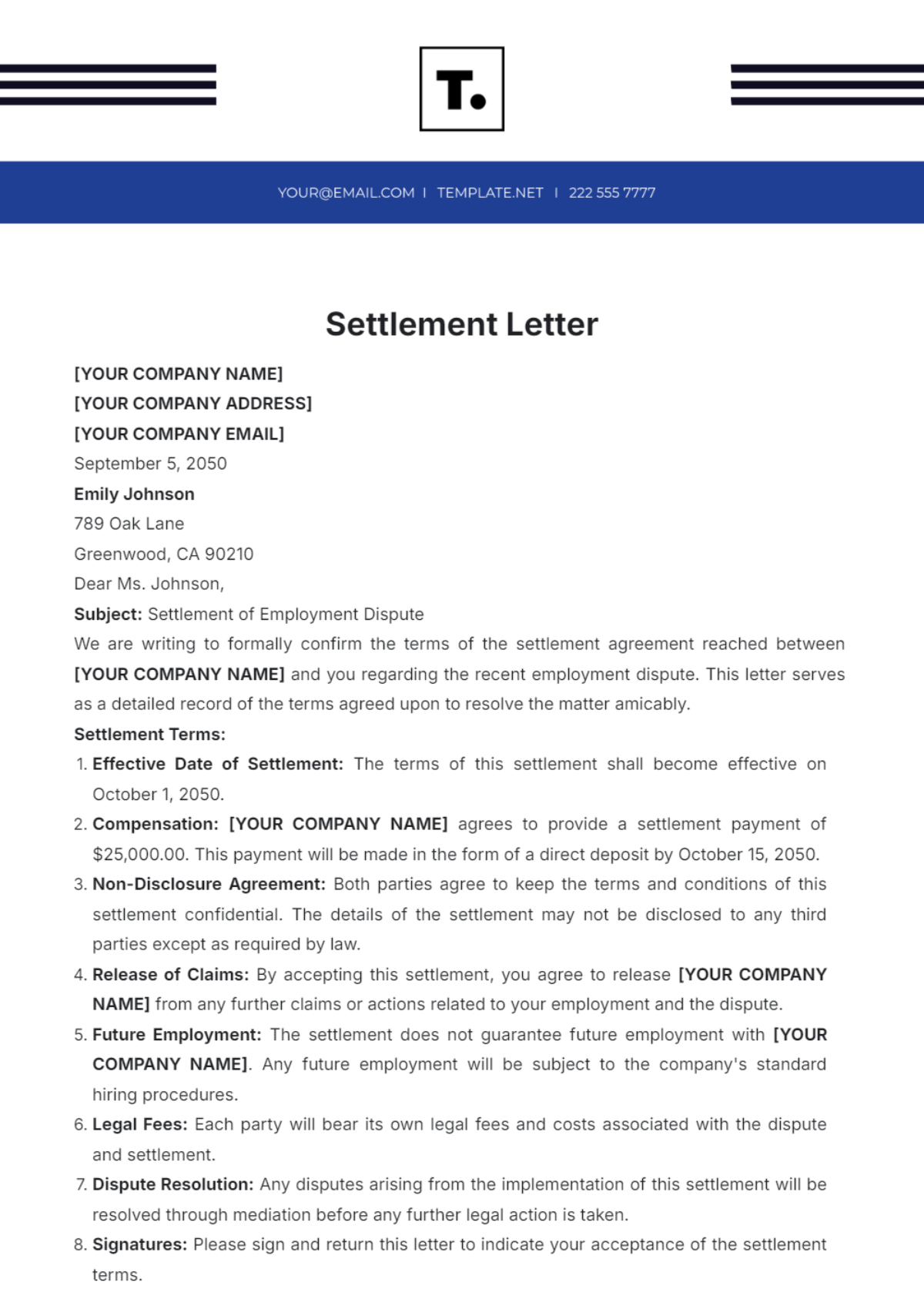
Are you in a situation where you need to demand a settlement from someone? If so, a demand for settlement letter can be a powerful tool to help you communicate your needs effectively.
In this guide, we’ll explore what a demand for settlement letter is, why it’s important, and how you can create one that gets results.
What is a Demand for Settlement Letter?
A demand for settlement letter is a written document that outlines your request for a settlement from another party. This letter typically includes details of the dispute or issue at hand, the amount you are seeking in settlement, and a deadline for a response.
Why Use a Demand for Settlement Letter?
Using a demand for settlement letter can be beneficial for several reasons. First and foremost, it provides a clear and formal way to communicate your demands to the other party. It also serves as a record of your attempts to resolve the issue amicably before taking further legal action.
How to Create a Demand for Settlement Letter
Creating a demand for settlement letter is a straightforward process. Here are some steps to help you craft an effective letter:
1. Start by addressing the letter to the appropriate person or organization.
2. Clearly state the reason for the letter and provide a brief overview of the issue.
3. Outline your demands for settlement, including the specific amount you are seeking.
4. Specify a deadline for a response or resolution.
5. Be sure to include any relevant documentation or evidence to support your claims.
6. Close the letter with a polite but firm tone, expressing your hope for a timely resolution.
Examples of Demand for Settlement Letters
To give you a better idea of what a demand for settlement letter looks like, here are a few examples:
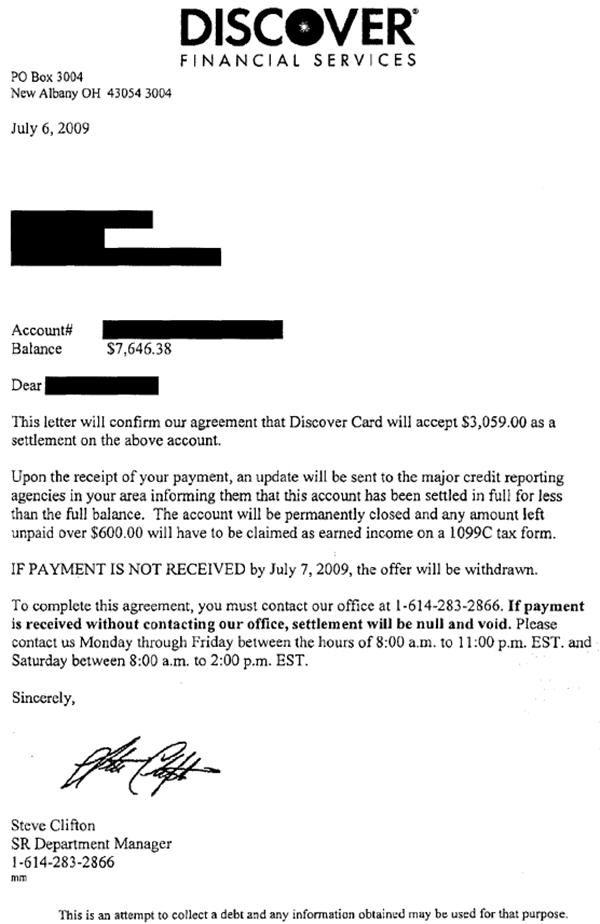
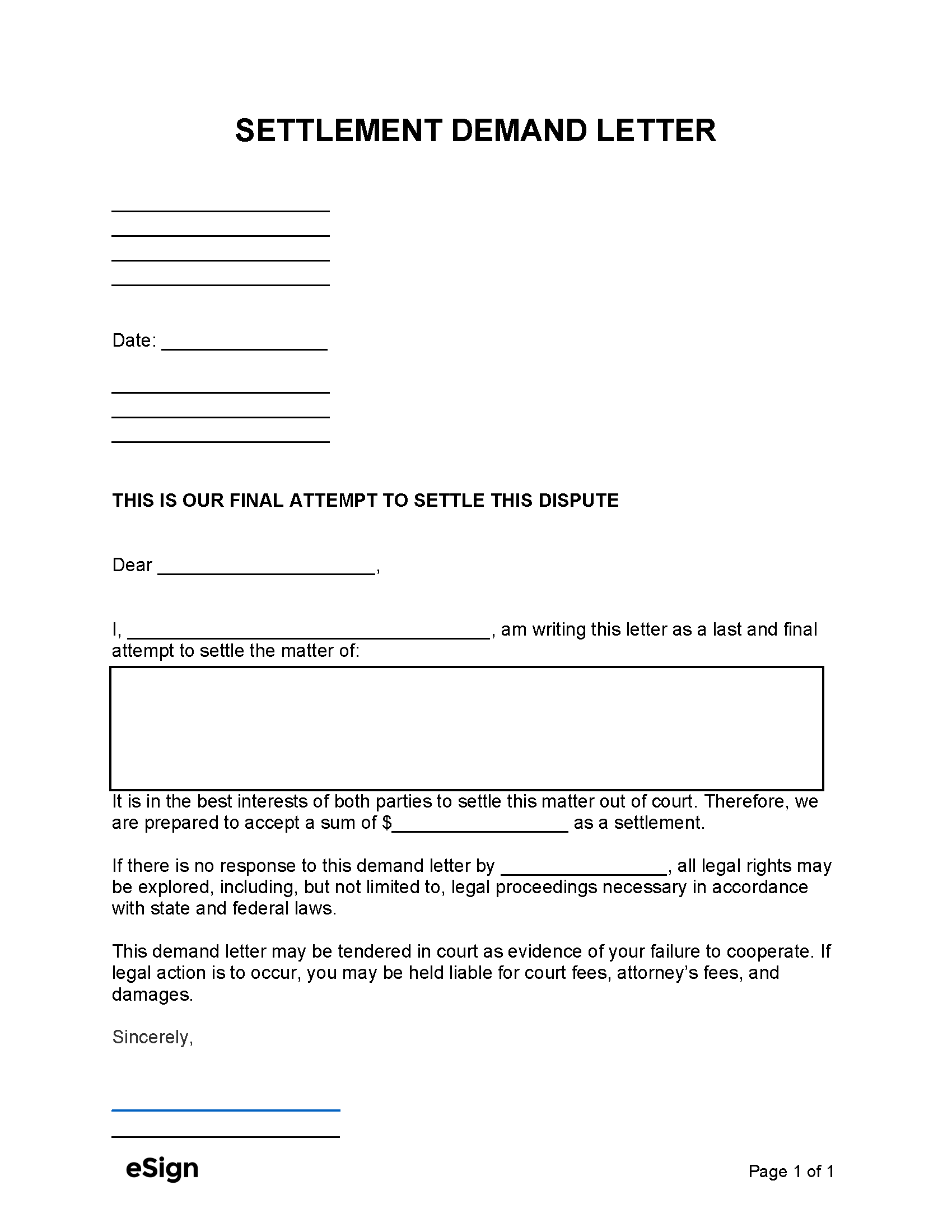



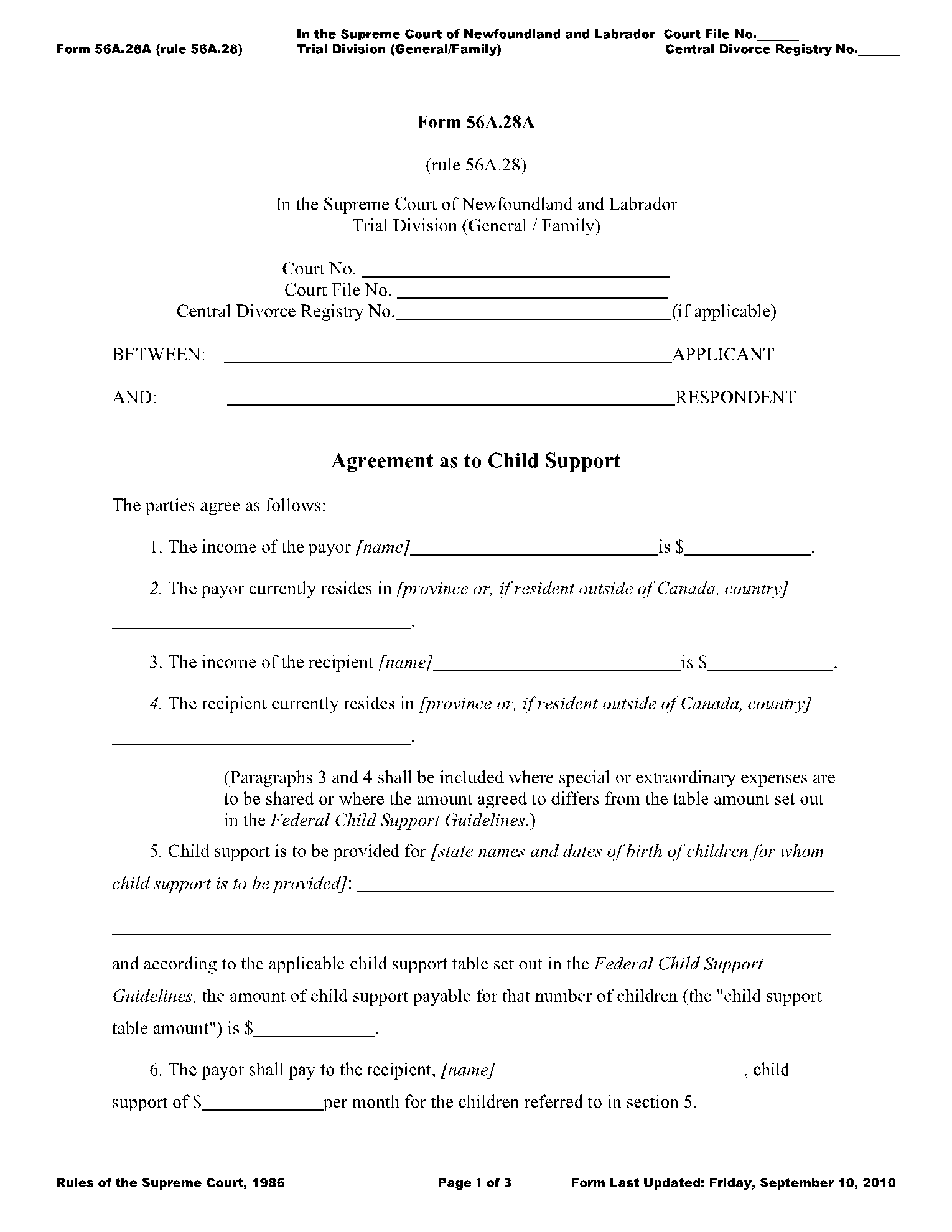
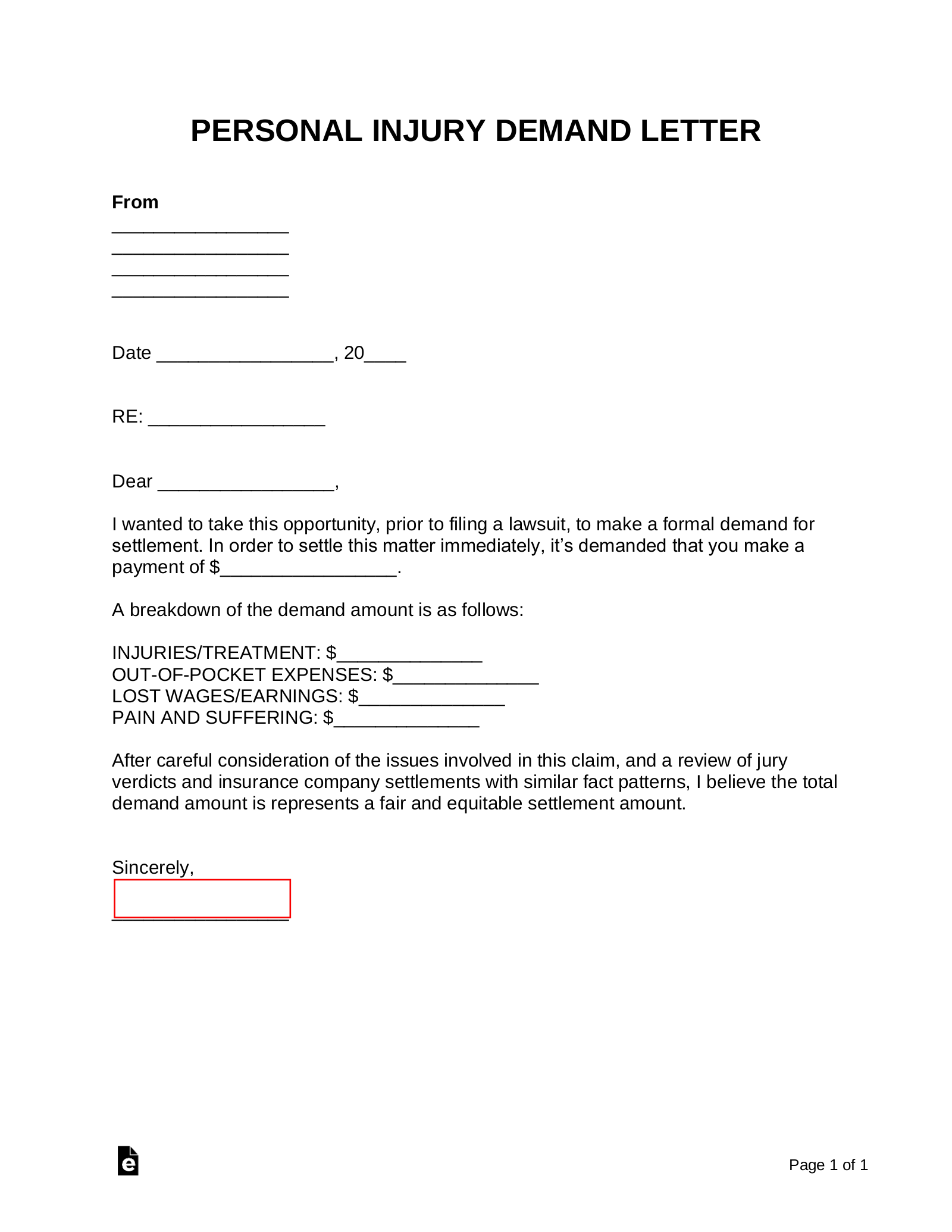
Tips for Successful Demand for Settlement Letters
To increase the effectiveness of your demand for settlement letter, consider the following tips:
1. Be clear and concise in your communication.
2. Provide supporting evidence for your claims.
3. Use a professional tone throughout the letter.
4. Set a reasonable deadline for a response.
5. Follow up if you do not receive a timely reply.
6. Consider seeking legal advice before sending the letter.
7. Keep copies of all correspondence for your records.
8. Remain firm but polite in your communication.
9. Consider the potential consequences of legal action before sending the letter.
10. Be prepared to negotiate and compromise if necessary.
Conclusion
In conclusion, a demand for settlement letter can be a valuable tool in resolving disputes and seeking fair compensation. By following the tips outlined in this guide and crafting a well-written letter, you can increase your chances of achieving a successful resolution. Remember to approach the situation with professionalism and patience, and be prepared to take further action if needed.